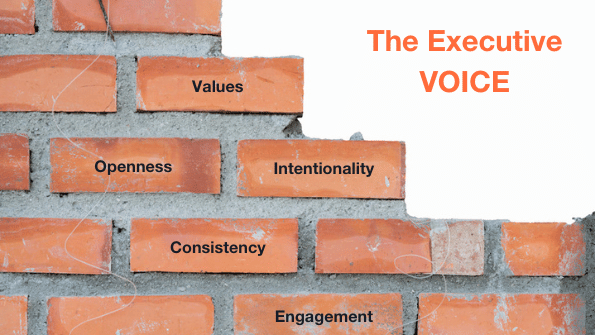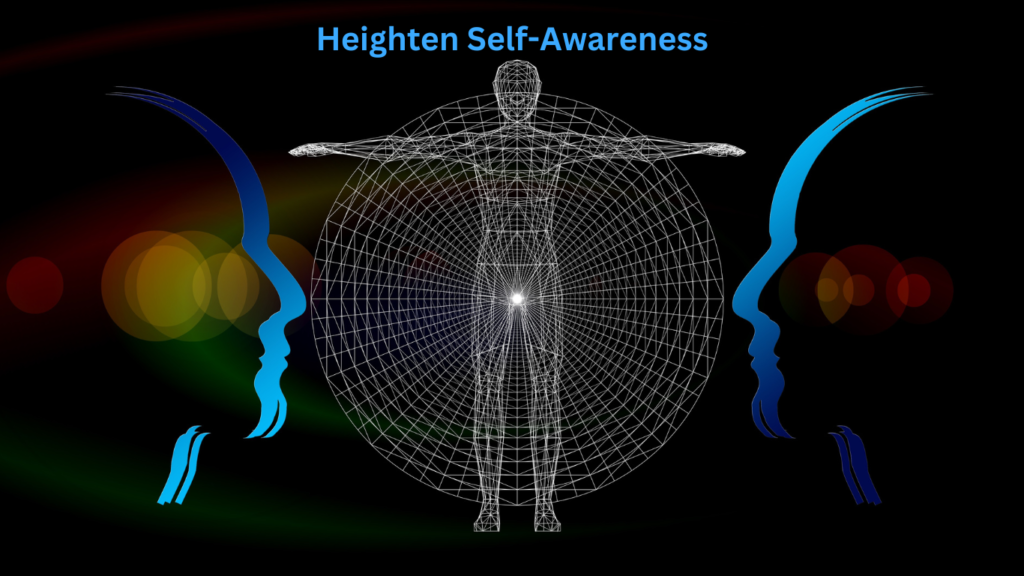
I recently worked with a group of high-level managers from across the globe. I appreciate this audience, in part, due to the richly diverse cultural exchange alone. Add to that the varied perspectives from which we all can learn and the different ways of thinking that opens our minds.
At some point, one of the managers approached me on a break and shared how fascinated they were at how I managed the flow of the work and the individual dynamics that come with a hugely diverse group of people. I recall smiling as I responded, “…how important it is to create space for everyone to feel invited and even encouraged to participate and share.” I shared this as a response and as an answer to their inquiry about how to do what I do.
Later that same day, another manager approached me to let me know how grateful they were for how I navigated the group through an experiential day of leadership development while making sure everyone was heard and that each person could express themselves and feel valued. Again, I smiled. Only this time, I noted that my brand is at work and serving me well.
The questions for you are: What is it about You that is consistent, time-tested, and always a part of how you show up to others? What is your superpower that allows others to count on your leadership?









